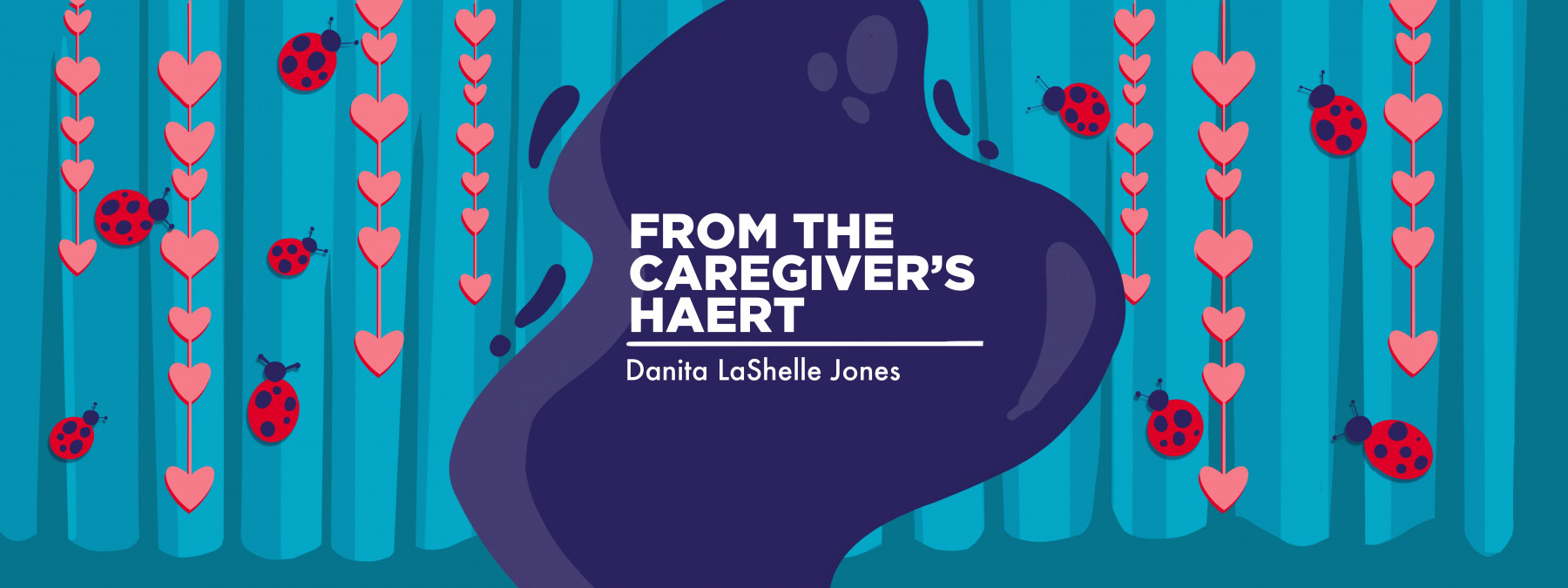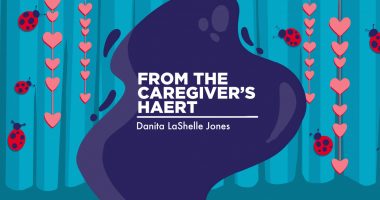The History of a Complicated Relationship With Needles

I have vague memories of the encounter. I remember sitting on the exam table and asking if I was getting a shot that day in the most authoritative voice I could muster. When the pediatrician confirmed my greatest fear and then left the room, I put my plan into action.
With the agility of a feline, I darted underneath the chairs where my parents were sitting. Although they tried to catch me, I had a few advantages: speed, determination, and the stubbornness of an articulate 3-year-old. And while I had always been reasonably well behaved, I’d readied myself for whatever fight I’d have to engage in to keep from getting the business end of that needle.
When the doctor reentered with the correct supplies, he assessed the situation and immediately decided that a physical altercation with a preschooler wasn’t worth it. “Let’s just give it to her by mouth, Mommy,” he said.
That fateful day, in 1983, I triumphed.
Years later, I asked my parents why they’d let a toddler best them. They both concurred that it wasn’t that deep because an alternate form of the medication was available.
After that point, my relationship with needles became complicated. While I hated them, I realized that sometimes, it was a means to an end. After discovering that I had an allergy to mosquito bites and bee stings, needle vs. dying was a no-brainer decision. Wouldn’t it be for anyone?
Thirty years after I successfully evaded my pediatrician, my husband and I discovered our second-born, nicknamed Ladybug, was allergic to an antibiotic under the worst circumstances: an anaphylactic reaction.
At the emergency room, it was apparent that my 3-year-old would need epinephrine to keep her throat from closing. But when the nurse turned to give her the shot, my toddler turned into a mutant with super-strength that rivaled any comic book character.
It didn’t matter to her that they were trying to save her life or that she would die if she didn’t get the shot. At that moment, Ladybug decided that she, under no circumstances, was getting a needle in her thigh that day.
But this shot wasn’t optional.
With one other nurse and me holding her down, she finally got the medicine she needed to stop her allergic reaction.
When Ladybug was stable, we cheered, hugged, and high-fived her for making it through the ordeal. And it didn’t hurt that a fantastic tech found a Popsicle to reward my little girl’s bravery. “See,” I said to her as I hugged her, “just a little bit of discomfort is OK if it will make you better.” I was grateful we got through it and confident that needles and Ladybug wouldn’t have to meet too often.
By the time she turned 10, Ladybug had become a legend in the pediatric ER. It didn’t matter how many stuffed animals, Popsicles, tablets with games, or trained therapy animals they promised; she had the same visceral response to the sight of a needle entering a room. At the time, I hoped that she would grow out of whatever was making her ill. Then we could leave the sharp instruments behind us.
When she was finally diagnosed with hereditary angioedema, I was less upset about the chronic illness and more devastated about the delivery of her medication.
A few months ago, while I was preparing to give her a Berinert infusion, I thought how unfair it was that a child with a very significant fear of needles receives a minimum of three shots per month, a far cry from a minimum of 10 at the close of last year.
And yes, we tried fidget toys, refocusing exercises, and even the choice to let her administer it herself. But ultimately, right before her Takhzyro (lanadelumab) treatments, I find myself giving her the same speech she got as a toddler: “Just a few moments of discomfort are OK if it will make you feel better.”
We’re encouraged that other treatments for HAE continue to make leaps and bounds to make patients like Ladybug more comfortable. But until then, we still give high-fives, hugs, and cheers when it’s over — and maybe a Popsicle if there’s one in the freezer.
Sometimes, it’s not about finding a way to overcome her fear, but being there for her as she experiences it and celebrating her when she gets through it.
Note: Angioedema News is strictly a news and information website about the disease. It does not provide medical advice, diagnosis, or treatment. This content is not intended to be a substitute for professional medical advice, diagnosis, or treatment. Always seek the advice of your physician or other qualified health provider with any questions you may have regarding a medical condition. Never disregard professional medical advice or delay in seeking it because of something you have read on this website. The opinions expressed in this column are not those of Angioedema News or its parent company, BioNews, and are intended to spark discussion about issues pertaining to angioedema.








Comments